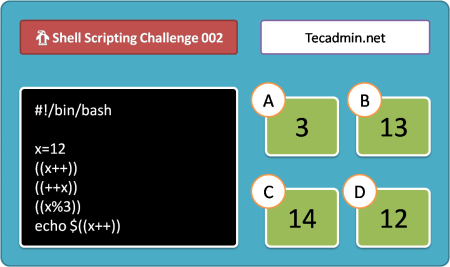Debugging is the process of finding and resolving bugs within a computer program. It provides a huge output at the runtime to analyze each part of the execution. Which helps to identify the root cause of any error in the script. In this tutorial, you will learn how to Debug a shell script on the Linux command line.
We can debug a shell script in two ways. Either add the debugging instruction in the shell script by using “set -xv” or using -xv on command line while executing script.
Adding Debug Instructions in Shell Script
Let’s create a small script to test the debugging process. Create a new file and edit in text editor:
nano checkdebug.sh
Add the following content to file:
1 2 3 4 5 6 7 | #!/bin/bash set -xv # This will enable debug cd /var/log/ for i in "*.log"; do du -sh $i done |
Save changes and close the file.
Next set the execute permissions on file and then execute it.
chmod +x checkdebug.sh./checkdebug.sh
cd /var/log/ + cd /var/log/ for i in "*.log"; do du -sh $i done + for i in '"*.log"' + du -sh boot.log mysqld.log post111.log post1121.log yum.log 0 boot.log 32K mysqld.log 0 post111.log 0 post1121.log 4.0K yum.log
Provide Debug Instructions from Command Line
Using this option we don’t need to add
nano checkdebug2.sh
1 2 3 4 5 6 | #!/bin/bash cd /var/log/ for i in "*.log"; do du -sh $i done |
and Execute like below
sh -xv checkdebug2.sh
#!/bin/bash cd /var/log/ + cd /var/log/ for i in "*.log"; do du -sh $i done + for i in '"*.log"' + du -sh boot.log mysqld.log post111.log post1121.log yum.log 0 boot.log 32K mysqld.log 0 post111.log 0 post1121.log 4.0K yum.log



1 Comment
Nice post. Thanks Rahul.